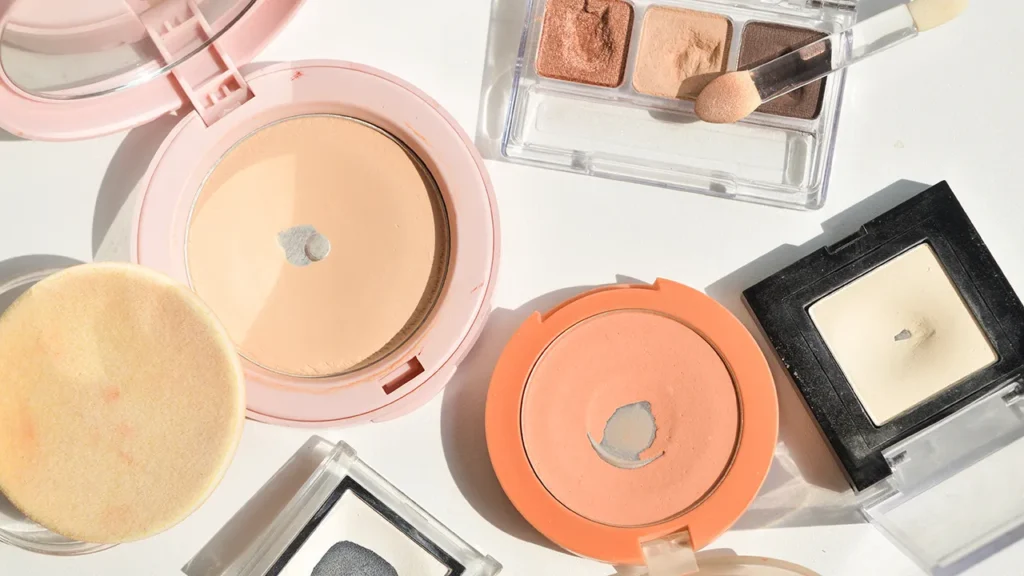One of the trends that took the internet and news by storm in 2024 was underconsumption core, a new form of the popular de-influencing trend where people tired of seeing the excess of hauls and PR products that influencers promoted, decided to show what they thought of as “normal” consumption and how it had become “under-consuming” in today’s age. While the trend was West-centric, and found criticism such as extreme under consumption often became borderline- if not outright-unhealthy or how some were using it to glamourise poverty while still looking down on those with less means or even how this positioning of normal lives as under-consuming was normalising a culture of excess. There was also the outrage at those who, to be part of their trend, were throwing away perfectly usable items as this went against one of the ethos of the trend, which was to be less wasteful, and consume less unnecessary items to help the environment. Shelbizlee of eco-minimalism philosophy was one of the influencers participating by showing how she reused and repurposed items, alongside repairing things, and also thrifting. In India, while the term “under-consumption core” was not used, sustainable living and reuse reignited. Alia Bhatt, for one, was seen re-wearing her mehndi lehenga.

Yet, no one talked about one major benefit of the underconsumption core trend over movements like the zero-waste movement. Kathryn Kellogg touched on the issue when she showed her “over-consumption” despite being an advocate of a sustainable life. It was items like books that she read to death, and cloth towels which were used to clean as opposed to disposable wipes.
So, what is the difference between 2004’s Underconsumption Core and the 2000s Zero-Waste Movement?
With its famous trash jar, the Zero-waste movement preached hypervigilance and perfectionism. Reduction of waste, not as far as possible but as much as can be done, without considering the needs and values and resources of an individual. A core need for mental well-being, alongside adaptability, is finding space for joy. And while joy does not need to come from consumption, that is a way many today find happiness. While we need Indian creators like Sonika Bashin who show how it is possible to live without a dustbin for half a decade and counting, we at least should acknowledge it is a journey, and perhaps not one everyone is equally equipped to take at the same level all the time. Even if the reasons are simple as your family isn’t yet fully on board with low-waste living or you don’t have a nearby bulk store or package-free store. The key is to consume sustainably as far as one can realistically, and reduce the consumption of items that add nothing to our lives. Recycling, while good,isn’t a true solution after all.
While the sheer diversity in underconsumption-core shows that it looks different for everyone, with social media rushing to show what they have in excess of or what they have the bare minimum of, the idea of balance seems not to have a place. But this balance, between our needs and those of people and planet, is what’s sustainable. For our well-being and for the planet.
Also check:- Delhi Police Busts Gang Using Forged Aadhaar Cards for Burglaries
Perhaps we do not need trends that show us just one side of life, regardless of how short the time reels give us to talk about nuances. No, we need holistic pictures. We need repair, repurposing, recycling, buying second-hand, repairing factory discards, and we need buying slow fashion when necessary, reusing our old fast-fashion clothes, and simply adapting our sustainable actions to our values, resources, needs, the present moment or simply- our realities.
Maybe we can try this new trend: “Value-Core?”

